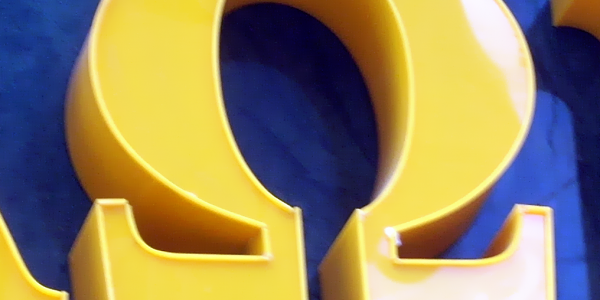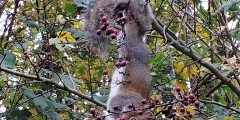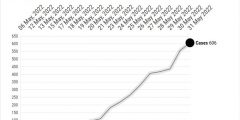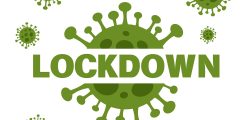From Omicron to Omega: What’s in a name?
September 22, 2023
The last few years have been years of planetary upheaval. We have all lived through a Covid-19 pandemic and are, in fact, still living with it, and we have all felt the effects of climate change. To deal with these planetary events, we had to invent and learn new concepts and new names. Quite recently, …
Monkeypox
June 3, 2022
I recently saw these stats (as of May 31, 2022, there are 606 cases of Monkeypox worldwide, with the UK having 190, Spain 136, and Portugal 100) and this graph (see featured image). And I thought: Should I write something about monkeypox? Then I thought: Why not, just to get things straight in my head. …
Lockdown, freedom and responsibility
February 23, 2022
Two years ago, we learned a new word: ‘lockdown’. This was in fact an old word which acquired a new meaning during the Covid-19 pandemic. That new meaning gradually changed over time. Now ‘lockdown’ has more or less lost its meaning and just stands for something to be avoided at all cost or something that …
Superimmunity
February 11, 2022
From the start of the pandemic in the distant spring of 2020 linguists and communication researchers have kept an eye on language. They observed the emergence of new words, such as ‘covid’ and ‘covidiots’ and the increase in use and understanding of older or jargon words, such as pandemic, coronavirus, lockdown, social distancing, bubbles, and …









